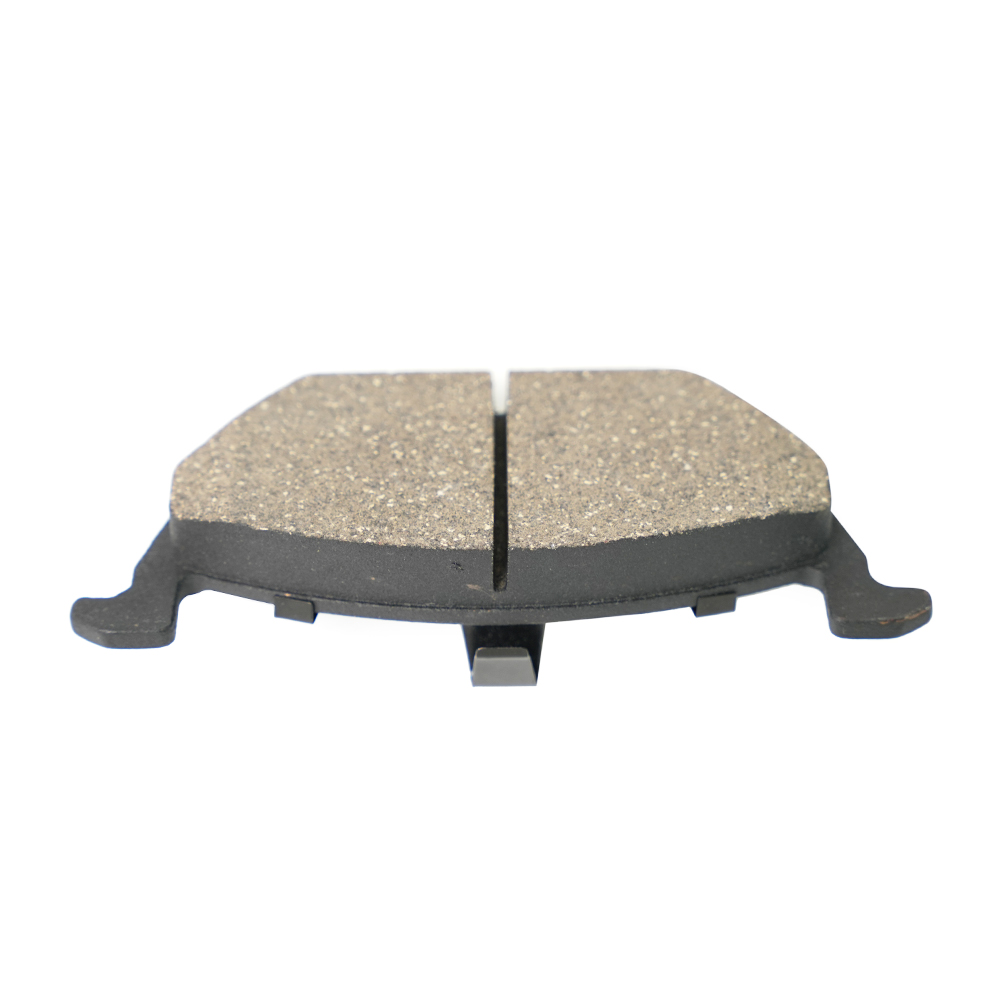When it comes to brake pads, the materials used in their construction play a crucial role in ensuring optimal performance, longevity, and safety. Low-metal brake pads are designed with a unique composition that includes a small percentage of metallic steel wool, usually less than 10%, which has a significant impact on their overall performance. This carefully balanced combination of materials helps achieve the perfect harmony between friction, heat dissipation, and minimal dust generation, making them an excellent choice for a wide range of vehicles, from everyday commuters to medium and large inertia models.
The inclusion of metallic steel wool in low-metal brake pads is not just for enhancing braking performance—it also serves to improve thermal conductivity. When you press the brake pedal, heat is generated from the friction between the brake pad and the rotor. Low-metal brake pads excel at dissipating this heat more effectively than their non-metallic counterparts. With better heat management, the risk of brake fade is significantly reduced, providing consistent braking performance even during high-speed or extended braking situations. This helps drivers maintain control of their vehicle, especially during aggressive or emergency stops.
In addition to superior heat dissipation, low-metal brake pads also offer excellent specific heat capacity. This means that the pads can absorb and store a large amount of heat without significantly increasing in temperature. For drivers, this translates to more reliable and stable braking performance. Whether you're navigating a hilly terrain or driving through heavy traffic, low-metal brake pads are built to endure demanding conditions without compromising safety or performance.
Another notable feature of low-metal brake pads is their ability to minimize dust fall, which is an ongoing concern for many vehicle owners. Brake dust is a byproduct of the friction process and can accumulate over time, affecting the appearance of your wheels and potentially even damaging sensitive vehicle components. By reducing the amount of dust generated, low-metal brake pads help keep your car cleaner, lower maintenance costs, and contribute to a healthier environment by reducing airborne particulate matter.

Noise reduction is also a key advantage of low-metal brake pads. Braking noise is often caused by vibrations and friction between the pad and rotor, but the materials used in low-metal brake pads help minimize these sounds. The use of metallic elements in the composition helps dampen the vibrations that can cause squealing or grinding noises, leading to a quieter, more comfortable ride. This is particularly important for drivers who value a smooth, noiseless driving experience.
In terms of lifespan, low-metal brake pads are known for their balanced durability. With an average life expectancy ranging from 30,000 to 50,000 kilometers, they strike a middle ground between performance and longevity. While they may not last as long as some premium ceramic brake pads, they offer a more affordable alternative that still provides excellent performance under normal to moderately demanding driving conditions. Their moderate wear rate ensures that they maintain high performance throughout their lifespan, providing value for both fleet owners and individual drivers.
Ultimately, low-metal brake pads represent an ideal solution for drivers seeking a combination of performance, durability, and cost-effectiveness. With their superior thermal management, noise reduction capabilities, and minimal dust generation, they offer all the benefits you need for a safe and enjoyable driving experience. If you’re looking to upgrade your vehicle's braking system, low-metal brake pads are a reliable choice that provides top-tier braking power without sacrificing comfort or environmental impact.